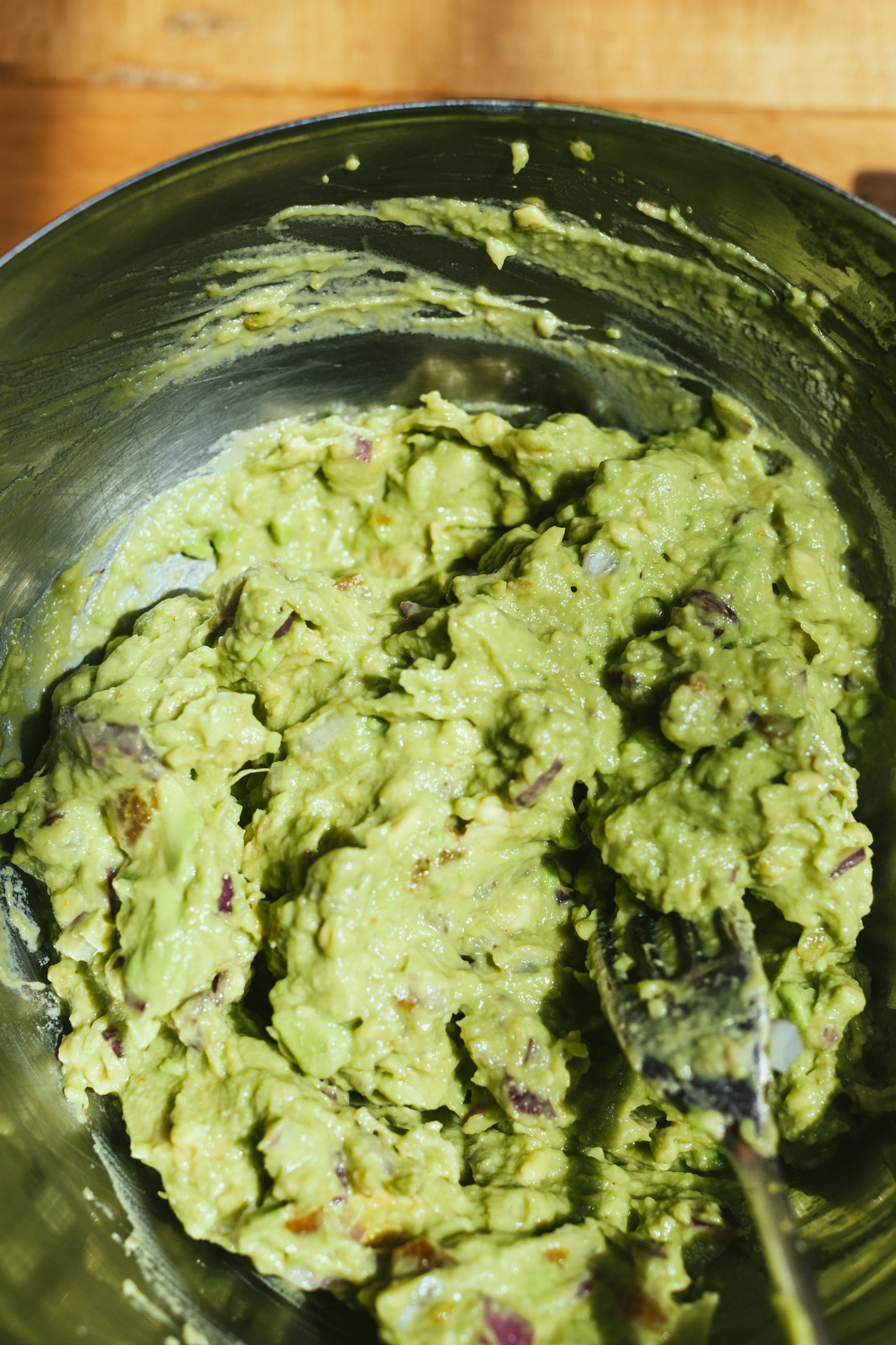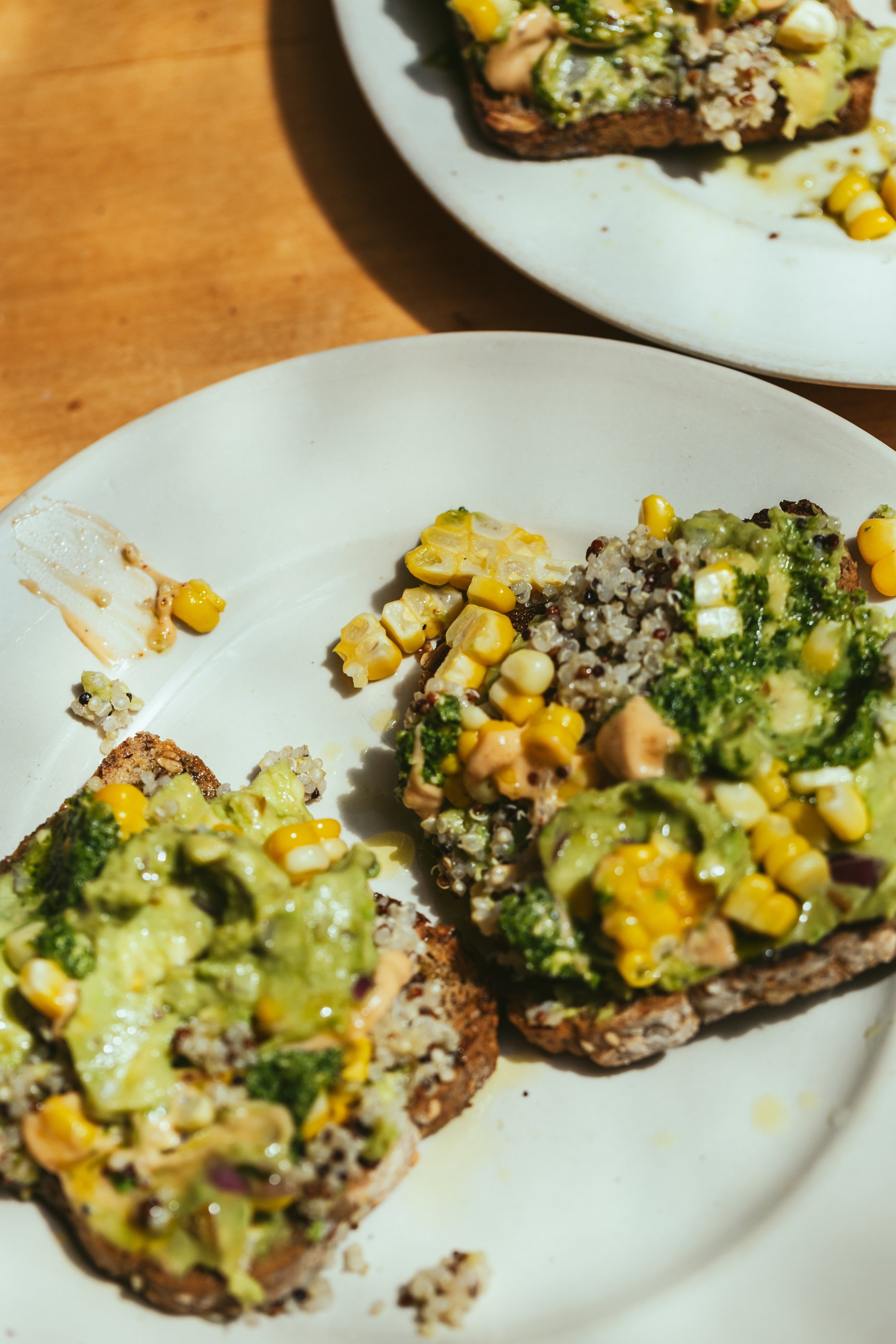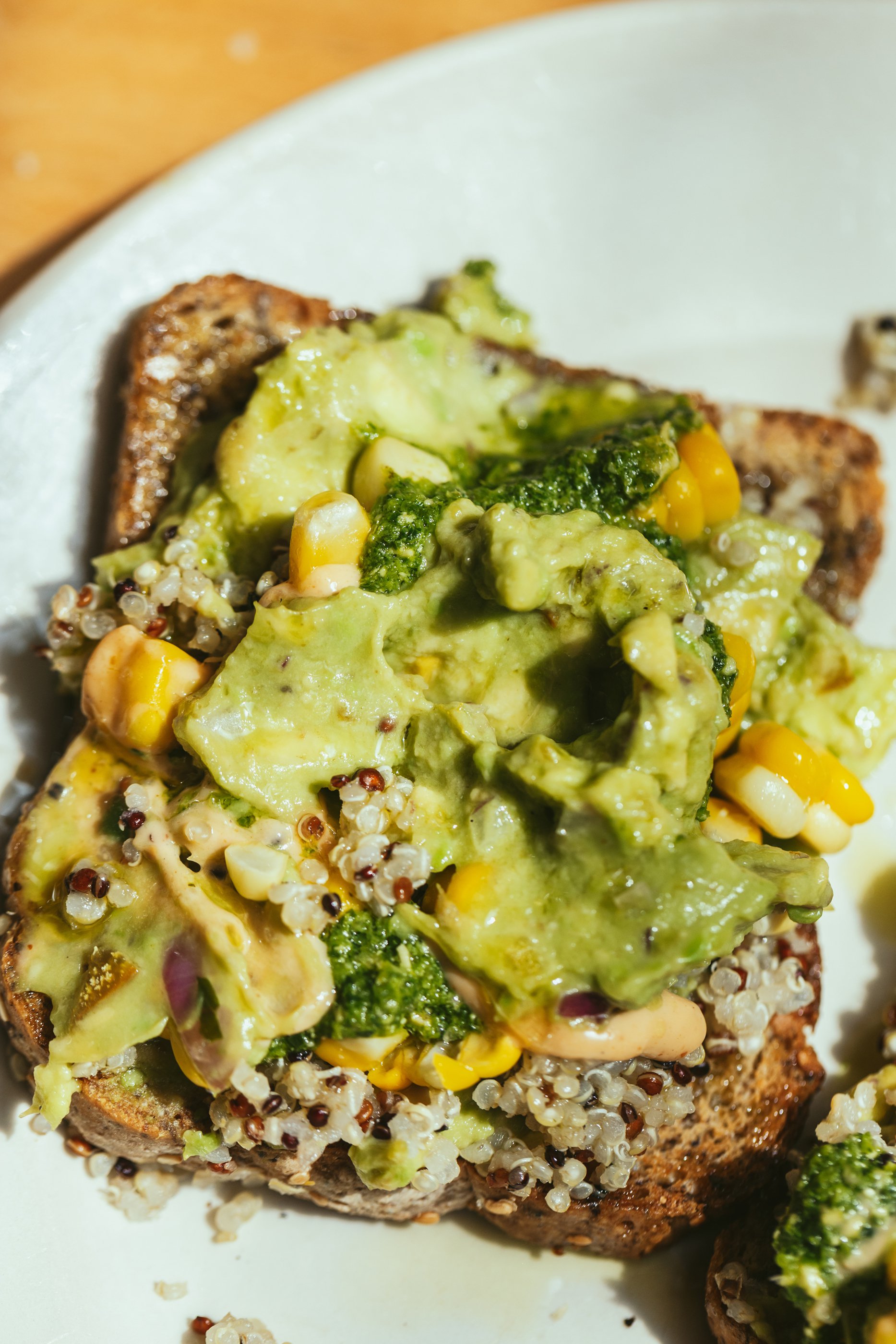And the toast, the bread. I eat a lot of bread, real bread, the kind made with patience and passion, and mostly from Daily Bread. Often I purchase Thoroughbred Seven Seeds (Vegan) which is gluten-free and E464 free and that is what I have photographed here.
And while bread is a somewhat humble food, it is one that has sustained human beings for millennia. I think as much as supporting growers, when you consider the process involved in producing food, the transformation, it is these people who are going to save biodiversity, save the foods we love and we have a responsibility to support them. Modern plant-breeding, industrialisation and advertising have seen bread endure periods of acceptance and rejection, an unfavourable public perception. Systematic adulteration of industrial bread with additives, a radically reduced fermentation period (if any) and intensive farming created a very different product, a less digestible, inferior product—the supermarket bread. All to maximise profits. Once viewed as a form of sustenance, bread became a product of mass consumption.
The slow food movement perhaps provides more meaning and understanding of what real bread, artisanal bread is. It is bread made from flour, water, yeast and salt, nothing more, appropriately fermented; it is a slow, nurtured process. Take baguettes, you need to preferment it, make the final dough, ferment that, then divide and shape the loaves, prove them then bake them. It’s a 2 to 3 day process. Ciabatta—a 3-day process. Artisanal bread takes time. It is not the kind made the day of, “freshly baked” at your local supermarket available to purchase when doors open at 6 a.m.









